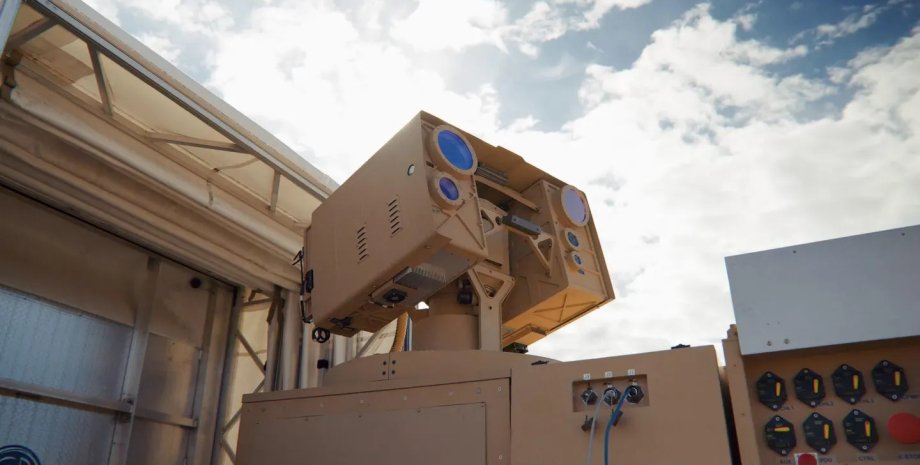
 By Eliza Popova
By Eliza Popova
Dag Bush stated that weapons were effective against certain threats. "In some cases, they worked. Under the right conditions, they are very effective against certain threats," he said. The official refused to name the details, but the publication suggests that they used the P-Hel system. It is based on the locust laser Bluehalo. Its control is done with a joystick from Xbox. The installation capacity is 20 kilowers, but this is enough to destroy the drone in a second.
The manufacturer's CEO, Jonathan Manimier, also said one of the P-Hel systems had been deployed, but he had not previously confirmed that successful interceptions were successful. He now added that Locust had a considerable amount of successful uses, which "burned" drones. This is an important stage for the US because the fight against drones is sometimes incomparable to the cost of the anti -aircraft missile. The rocket for 2 million dollars knocked UAV worth $ 2,000.
Laser weapons are much cheaper, one shot costs $ 1-10, depending on the cost of diesel fuel on which the installation works. Another problem is that the laser installations are quite expensive. The first P-Hel prototypes cost 8 million per one. There is also a 50 kW De M-Shorad DEs and 73 million value "for the army it is really difficult to afford a system of directional energy that costs as much F-35," Bush said.
The modern generation of laser prototypes also faces questions about their effectiveness. Lasers are disturbed by sandy storms, rain, fog and smoke. Even on a clear day, the turbulence of the air can deft them and weaken. And they need to remain focused on the target point for a few seconds, which raises the question of whether one laser will be able to cope with switches. We will remind, on April 25 the media wrote that the US is using laser weapons against swarms of drones in the Middle East.










All rights reserved IN-Ukraine.info - 2022